Gardening is a labor of love that requires not just dedication but also the right tools and techniques to ensure the healthy growth of plants. Watering, an essential part of gardening, must be done judiciously to maintain moisture levels without overwatering or underwatering. This is where a soaker hose, an ingenious tool for garden hydration, comes into the limelight. Soaker hoses are celebrated among gardening enthusiasts for their efficiency, water conservation, and ease of use. But what exactly is a soaker hose, and how does it work? Let's delve into the world of soaker hoses and uncover their magic.
Understanding Soaker Hoses: A Primer
A soaker hose is a porous, flexible tube that allows water to seep slowly and evenly along its length, giving the soil a gentle soaking effect. Made primarily from recycled rubber and polyethylene, soaker hoses are designed to lie on the ground or under mulch, delivering water directly to the roots of plants. This targeted irrigation system minimizes water wastage, reduces evaporation, and ensures that water reaches the root zones of plants, where it's most needed. The concept behind soaker hoses revolves around efficient, deep water penetration, encouraging deeper root growth and healthier plants.
The Magic Behind Soaker Hoses
The effectiveness of soaker hoses lies in their simplicity and functionality. By releasing water slowly and directly to the soil, soaker hoses offer several advantages over traditional watering methods:
- Water Conservation: Soaker hoses use water more efficiently than sprinklers and manual watering by reducing runoff and evaporation.
- Root Zone Targeting: They deliver water directly to the root zone, encouraging healthy root development and reducing the incidence of leaf diseases linked to overhead watering.
- Time-Saving: Once set up, they require minimal supervision, freeing up time for other gardening activities.
- Flexibility and Versatility: Soaker hoses can be easily laid out to follow the contours of various garden beds and landscapes.
How Do Soaker Hoses Work?
Water's slow and steady release through its porous material is at the heart of a soaker hose's operation. When connected to a water source and turned on, water pressure forces water through these tiny pores, creating a mist or drip effect along the hose's length. This ensures a deep soak, giving plants enough time to absorb the water through their roots. The key is low water pressure; it's too high, and you’ll lose the efficiency that soaker hoses are known for. Typically, water pressure regulators are used to maintain the optimal flow.

Setting Up Your Soaker Hose System: A Step-By-Step Guide
- Plan Your Layout: Sketch your garden, marking the positions of the plants that need watering, and plan the soaker hose layout around them. Remember, soaker hoses can be laid straight lines, curves, or circles.
- Prepare the Garden: Clear your garden bed of debris and sharp objects that could damage the hose.
- Lay Out the Hose: Roll out your soaker hose along the planned path. Cover it with mulch for extra efficiency to retain moisture and regulate soil temperature.
- Connect to Water Source: Attach the end of your soaker hose to a water tap or a timer if you want to automate the watering process. Ensure any connections are secure to prevent leaks.
- Test and Adjust: Turn on the water and observe the hose. Adjust the water pressure if necessary to ensure a slow, steady drip along the entire length of the hose.
Tips for Optimizing Your Soaker Hose Experience
- Regular Checks: Inspect your hoses regularly for clogs or damage and clean or repair them as needed.
- Water at the Right Time: Early morning is generally the best time to water using soaker hoses to reduce evaporation losses.
- Use Timers: Pair your soaker hose system with a timer for convenience and more precise watering.
- Mulching: Covering soaker hoses with mulch not only conserves water but also prevents algae growth within the hose.
Common Questions About Soaker Hoses Answered
Q: How Often Should I Use My Soaker Hose?
A: The frequency depends on factors like soil type, plant type, and climate conditions. Start with watering 30 minutes twice a week and adjust as necessary based on soil moisture and plant health.
Q: Can Soaker Hoses Be Used with All Types of Plants?
A: Yes, soaker hoses are versatile and can be used for various plants, from delicate flowers to robust vegetables.
Q: How Long Do Soaker Hoses Last?
A: Soaker hoses can last several gardening seasons with proper care and regular maintenance.
The Environmental Impact of Soaker Hoses
One of the most compelling reasons to adopt soaker hoses in your garden is their positive environmental impact. By minimizing water wastage and promoting efficient resource use, soaker hoses align well with sustainable gardening practices. Additionally, since many are made from recycled materials, they contribute to reducing waste in landfills.
Embracing Soaker Hoses for a Greener Garden
In a world where water conservation is increasingly becoming a priority, soaker hoses emerge as a practical, efficient, and eco-friendly solution for gardeners. By understanding how soaker hoses work and integrating them into your gardening routine, you can achieve a lush, thriving garden and do your part in conserving water. Whether you’re a seasoned gardener or just starting, considering the inclusion of soaker hoses into your gardening toolkit could be a game-changer.
Final Thoughts
Soaker hoses represent a simple yet innovative solution to the age-old challenges of garden watering. Their design, grounded in the principles of efficiency and sustainability, makes them an indispensable tool for modern gardening. Soaker hoses embody the essence of smart gardening by delivering water directly to the roots, minimizing waste, and saving time and resources. As we continually seek ways to harmonize our gardening practices with the needs of our planet, embracing technology like soaker hoses could pave the way toward a greener, more sustainable future.
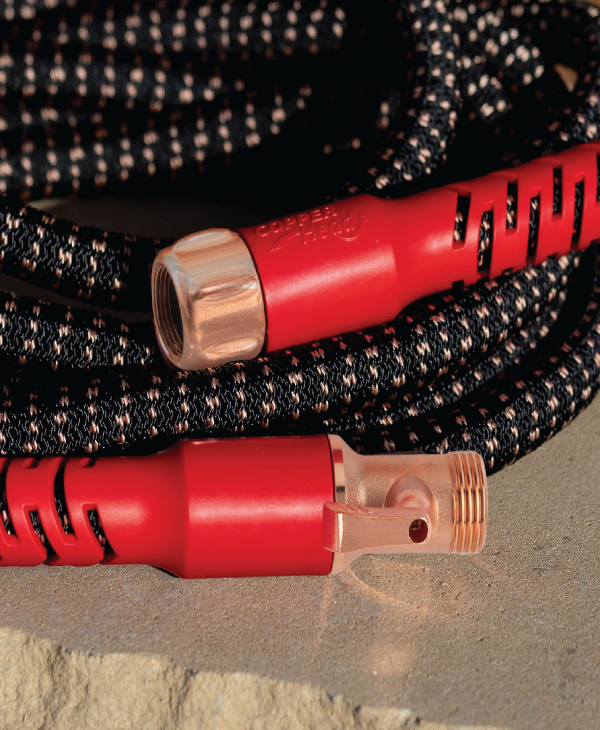
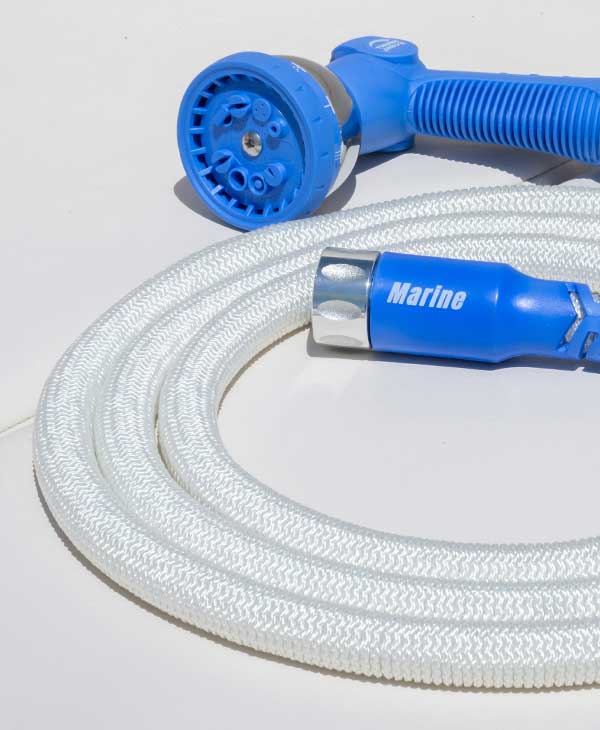
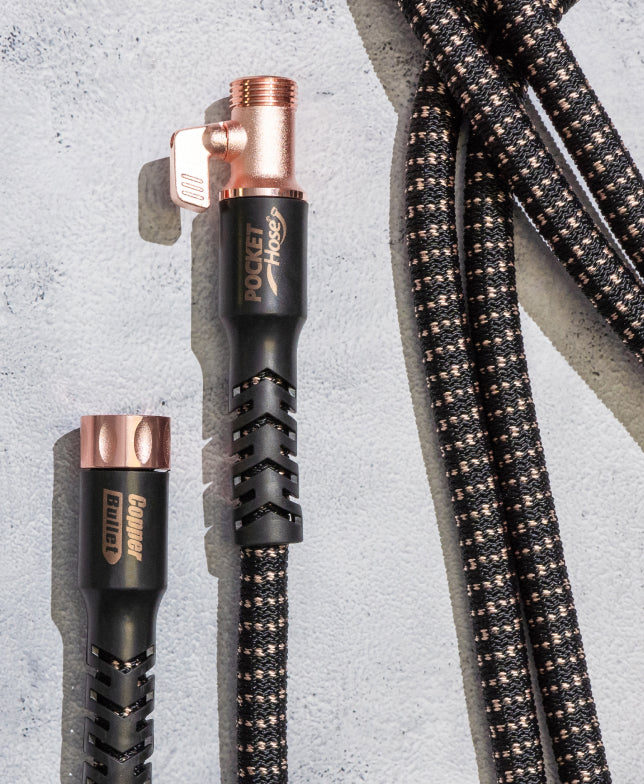
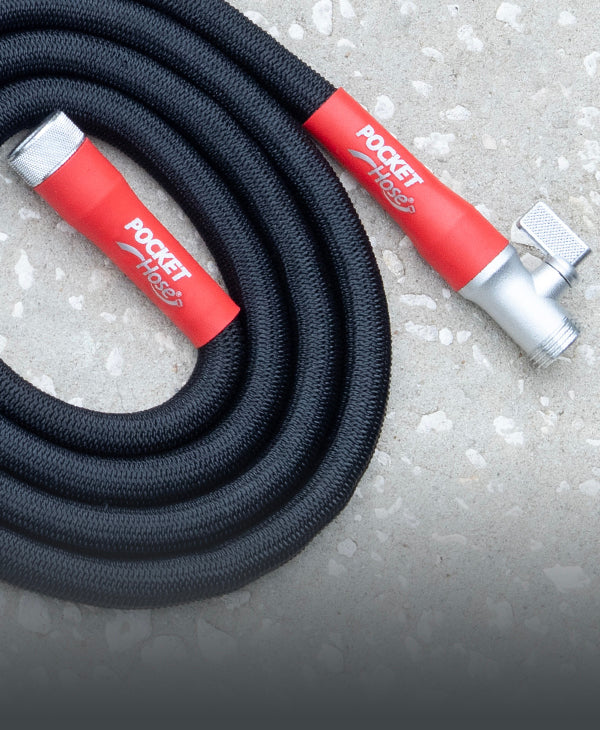
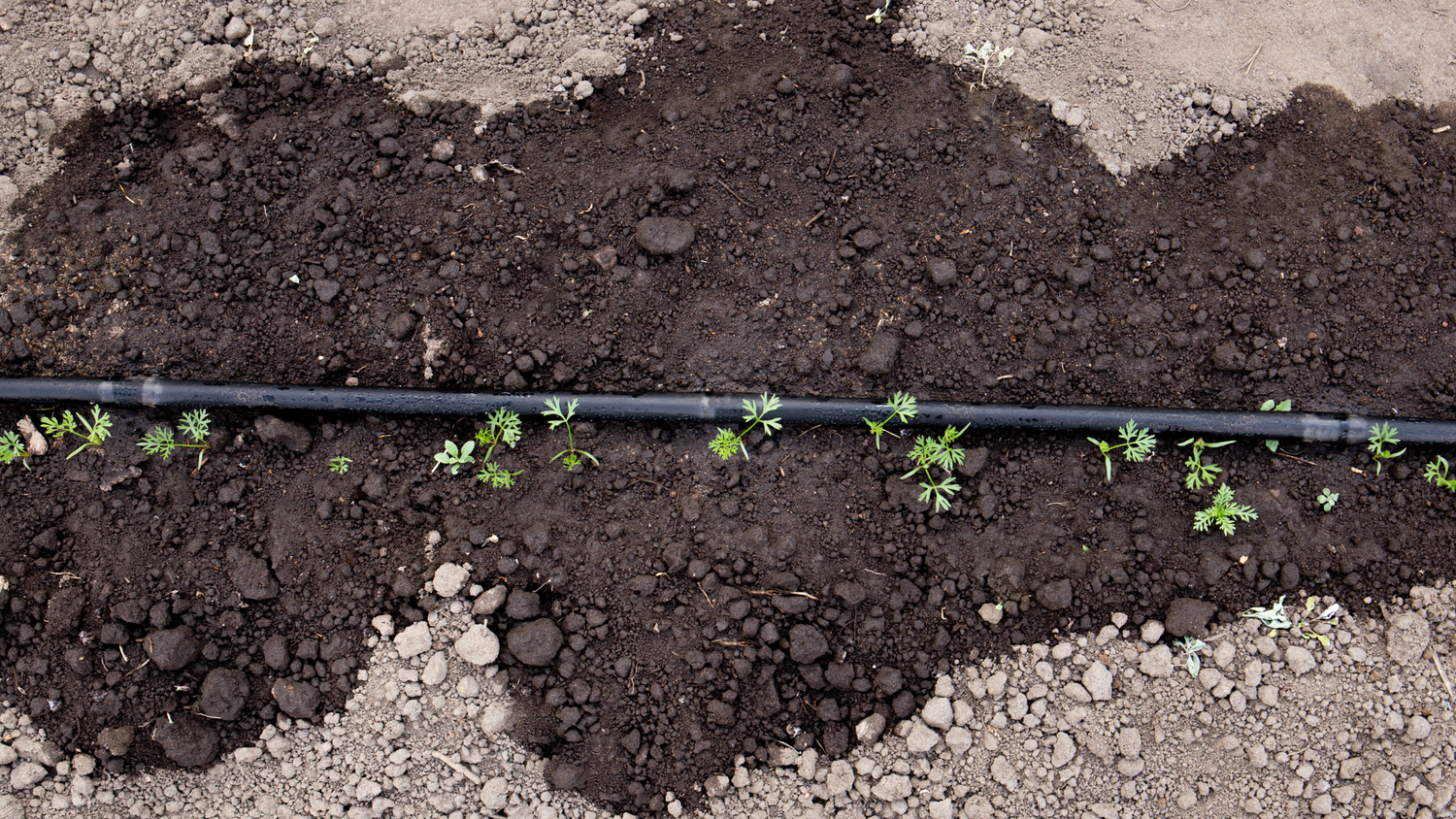
Leave a comment
This site is protected by hCaptcha and the hCaptcha Privacy Policy and Terms of Service apply.